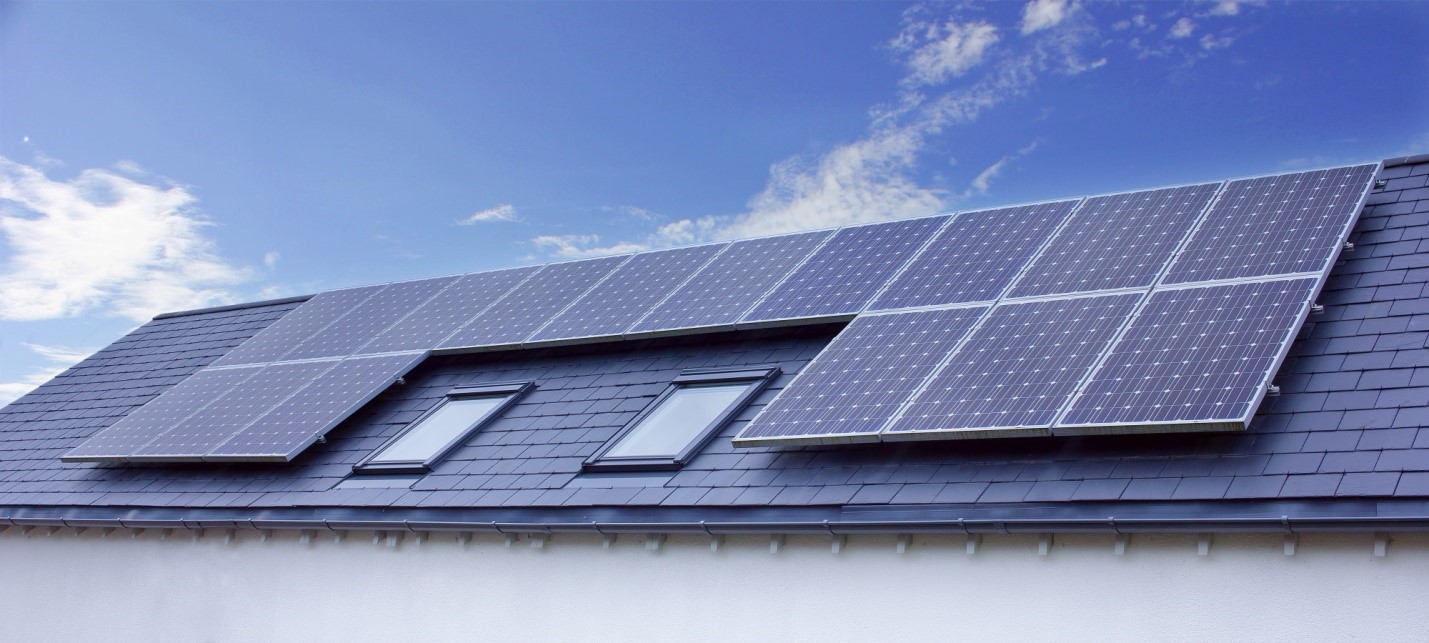The U.S. seeing more and more solar panels installed than ever before, partially due to the cost of solar dropping by nearly 70% since 2014. But for regular homeowners, are solar panels worth it?
It’s no secret that installing solar panels is a big investment. While it’s a great way to remain environmentally friendly, some are left asking what the return on their investment will actually look like.
That’s exactly what we’re here to look at today. Read on to find out about our solar panel ROI calculator and what factors affect your solar panel installation costs.
Payback Period for Solar
The first thing to figure out when trying to calculate ROI on solar panelsis the payback period for your panels. This is the period of time it takes to fully recover the cost of installing solar panels.
First, you need to calculate the real cost of your system and subtract any incentives or rebates you might’ve claimed. Divide that by the cost of electricity in your area, then divide it again by your annual electricity usage.
If you put it in a formula, it’ll look like this:
(Total system cost – Value of your incentives) / Cost of electricity / Annual usage = Payback period.
Solar Payback Period Example
Let’s say that your home’s annual electricity usage is about 11,000 kWh/hr. In that case, a 6.9 kW system should more than offset that usage. It’ll cost you about $7,000 to get your panels installed, plus the cost of the panels.
That means the cost of your solar panels will be about $18,000. Let’s say you can claim about $4,000 in rebates for those panels.
Plug all those numbers in your payback period formula, you get:
($18,000 – $4,000) ÷ $0.13/kWh ÷ 11,000 kWh/yr. = 9.79 years
As such, it’ll take you about 10 years to pay back the full cost of your panels.
Return on Investment for Solar
But what about how much it costs to get a return on your panels? For that, you need a solar panel ROI calculator or formula.
It’s as easy as taking the lifetime cost of electricity from your utility company and subtracting the lifetime cost of solar. For this ROI calculator, let’s use 25 years as the length of a “lifetime.”
To find the lifetime cost, take the cost of electricity per kWh, multiply it by monthly kWh usage, multiply that by 12 months, then multiply that by 25 years:
Cost of electricity per kWh x Monthly kWh usage x 12 months x 25 years
Factors Affecting Solar ROI
While estimating the cost and ROI for your solar panels might seem simple, it’s important to consider different factors that determine the final cost. Every home will likely have a different ROI period due to several factors.
One is the installation cost, which can vary depending on the contractor you choose. Some could charge by kWh gained, or by the hour.
There are also tax incentives and rebates to consider. These could drastically reduce the cost of installation and therefore your ROI from the outset.
Other factors to consider include maintenance costs, repair costs, and potential fees for installing your solar panels. Don’t forget that installing solar is seen as a great benefit by many governments and neighborhoods.
That means even while you wait to get a return on your investments, you’ll both be saving on energy and increasing the value of your home. If you’re interested in exploring the other benefits of solar, click that link!
Leverage Solar Panel ROI Calculator Today
While solar panels are often big investments, there are plenty of ways to estimate your solar panel return on investment. Use this guide and our solar panel ROI calculator to determine whether solar panels are worth it for you!
For more informative articles on technology and other topics, check out the rest of our site!

